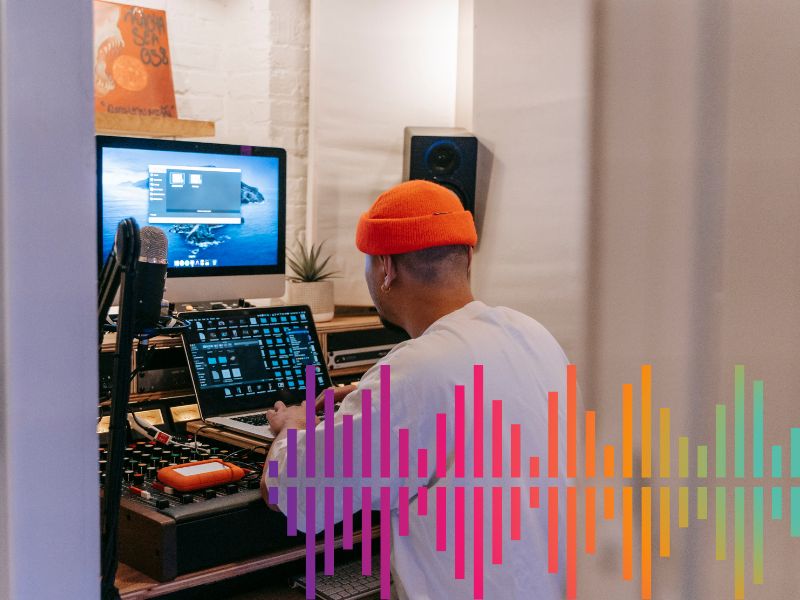When it comes to creating music, the recording process is only the beginning of the journey. The true magic happens during the mastering stage, where sound engineers fine-tune your track to make it shine. In this article, we’ll delve into the intricate world of audio balance and mastering, exploring how musicians can ensure their music reaches its full potential.
The Musical Puzzle
Finding Harmony in Frequencies
Imagine a musical puzzle, with each instrument and vocal as a piece that needs to fit perfectly into the whole picture. Achieving this harmony in frequencies is the primary goal of mastering. It involves balancing the bass, mids, and highs to ensure a pleasing and cohesive sound.
Dynamics: The Rise and Fall
Dynamic range is another piece of the puzzle. It’s the difference between the quietest and loudest parts of your song. Mastering helps control dynamics, ensuring that your music isn’t too flat or overly compressed. The goal is to maintain a dynamic feel while keeping the sound consistent.
The Importance of Quality Monitoring
The Studio Setup
One of the keys to successful mastering is having an accurate monitoring system. The studio setup, including speakers and acoustics, plays a crucial role in how well you can hear and adjust the nuances of your music. High-quality studio monitors are a must for any mastering engineer.
The Golden Ears
Equally important are the “golden ears” of the sound engineer. These are trained ears capable of discerning even the subtlest imperfections in your music. Whether it’s a tiny EQ tweak or a slight level adjustment, experienced engineers use their keen listening skills to elevate your sound.
The Technical Toolbox
Equalization (EQ)
EQ is a fundamental tool in mastering. It allows engineers to shape the tonal balance of your music by boosting or attenuating specific frequencies. Whether you want to add warmth to vocals or enhance the clarity of instruments, EQ is the sculptor’s chisel in the mastering process.
Compression
Compression helps control the dynamic range of your music. It ensures that no part of the song stands out too prominently or gets buried in the mix. Skillful compression can make your music sound polished and professional.
The Sweet Spot: Loudness vs. Dynamics
The Loudness Wars
In the pursuit of loudness, some musicians and engineers have engaged in the so-called “Loudness Wars.” This involves pushing the volume of a track to the absolute limit, often at the expense of dynamics and clarity. While loudness can be important, finding the sweet spot between volume and dynamics is crucial for a well-mastered track.
Preserving the Essence
A great mastering engineer understands the importance of preserving the essence of your music. They know when to enhance the energy and when to let the subtleties shine through. It’s a delicate dance between making your music sound its best without losing its soul.
Mastering is the final brushstroke on the canvas of your musical masterpiece. It’s where the magic happens, turning a good track into an exceptional one. So, as a musician, remember to collaborate closely with your mastering engineer, communicate your artistic vision, and let their expertise bring your music to life.
In this article, we’ve scratched the surface of the complex world of audio balance and mastering. The key takeaway is that mastering is a craft that requires a keen ear, technical skill, and an understanding of the nuances of sound. When done right, it can transform your music into something truly extraordinary.
